Discover the repoussé technique, an ancient metalworking method that creates unique relief designs. Used since...
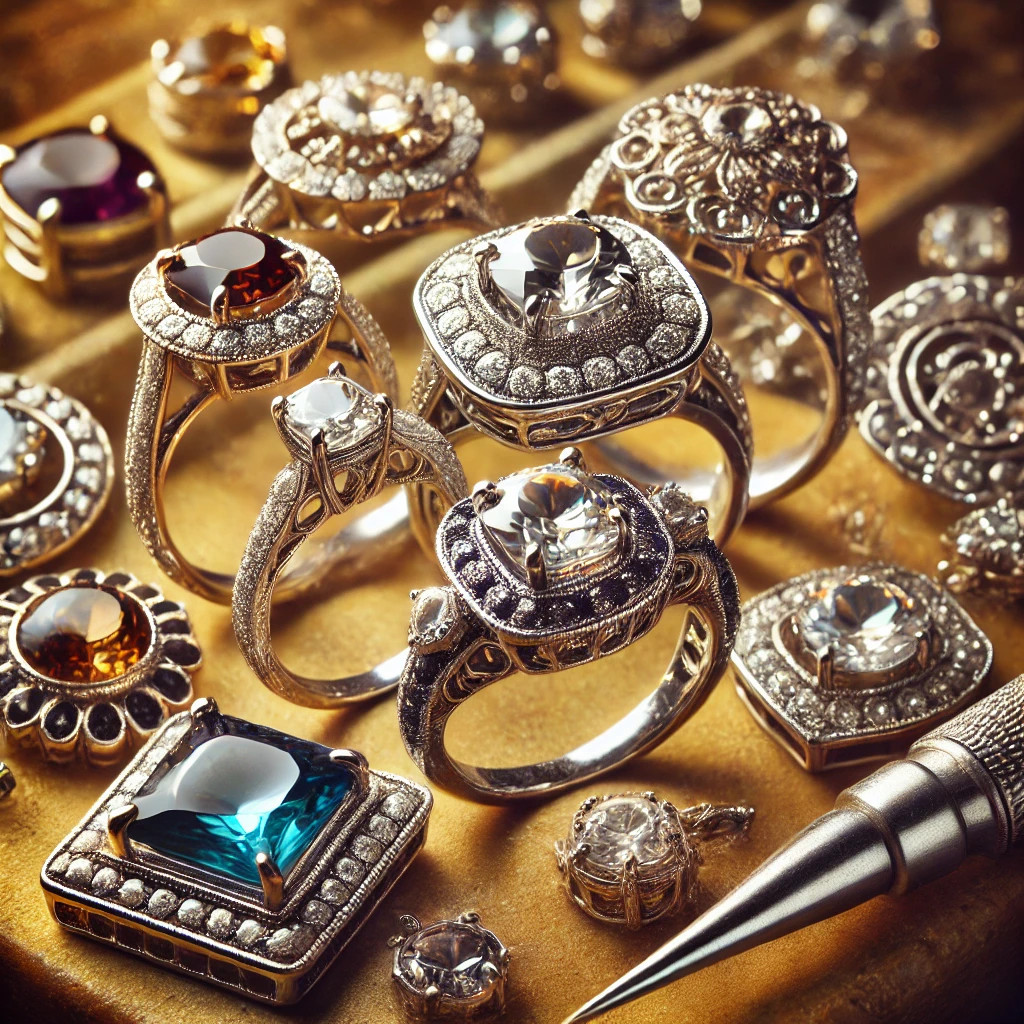
Gemstone Setting Techniques
Stone Setting Techniques: The Art of Enhancing Gemstones
Stone setting is a crucial step in jewelry-making, allowing gemstones to be securely held while highlighting their brilliance and unique characteristics. There are numerous setting techniques, each offering a distinctive style and finish that contribute to the jewelry's aesthetics and durability. Discover the main setting methods, their advantages, and the styles they inspire in modern jewelry.
1. Prong Setting
The prong setting is one of the most common techniques for rings and pendants, especially valued for its ability to maximize gemstone exposure. This type of setting uses small prongs (usually four or six) to hold the stone securely in place.
- Advantages: Allows maximum exposure to light, enhancing the stone's brilliance.
- Disadvantages: Prongs can catch on fabrics and require maintenance to prevent loosening.
- Popular Styles: Frequently used for engagement rings, showcasing diamonds, sapphires, and other precious stones.
2. Bezel Setting
The bezel setting surrounds the gemstone with a thin metal rim, creating a frame around the gem. This type of setting is often chosen for its security and modern style.
- Advantages: Provides excellent protection for the stone, shielding it from impacts and reducing the risk of loss.
- Disadvantages: Partially hides the edges of the stone, which may slightly limit its brilliance.
- Popular Styles: Commonly used for minimalist, contemporary rings and ideal for everyday wear.
3. Pavé Setting
In a pavé setting, small stones are placed side by side on the surface of the jewelry, creating a sparkling effect like a pavement of diamonds or other gems. Tiny prongs or beads of metal are placed between the stones to hold them in place.
- Advantages: Creates a sparkling, luxurious effect, perfect for high-end jewelry.
- Disadvantages: Requires delicate maintenance to prevent the small stones from loosening.
- Popular Styles: Used for wedding bands, pendants, and bracelets with a glamorous, radiant look.
4. Bead Setting
The bead setting is a technique similar to pavé, where small stones are arranged in rows or patterns on the metal and held in place by tiny hammered metal beads around the stones.
- Advantages: Perfect for creating intricate patterns and designs, adding texture and elegance to the jewelry.
- Disadvantages: Stones may be more vulnerable to impacts and losses if not well maintained.
- Popular Styles: Often used for watches, earrings, and rings with detailed motifs.
5. Invisible Setting
The invisible setting allows stones to be placed side by side with no visible setting. Stones are cut to fit together, creating the illusion of a seamless carpet of gems.
- Advantages: Provides a continuous surface of stones, creating a stunning, luxurious look.
- Disadvantages: Complex to achieve and may require repairs if a stone shifts or detaches.
- Popular Styles: Frequently used for high jewelry rings and pendants, particularly in floral or geometric motifs.
6. Channel Setting
The channel setting involves placing gemstones between two parallel bands of metal, creating a continuous line of gems. This type of setting is often used for rings and wedding bands with aligned stones.
- Advantages: Protects stones well from impacts and wear, while providing a sleek design.
- Disadvantages: Less light exposure may slightly reduce the brilliance of the stones.
- Popular Styles: Ideal for modern wedding bands and rings.
7. Bar Setting
The bar setting is a variation of the channel setting, where stones are held in place by small metal bars between each gem. This type of setting combines elegance and security.
- Advantages: Offers good protection while allowing light to pass through the stones.
- Disadvantages: Can be more challenging to maintain compared to other setting types.
- Popular Styles: Perfect for sophisticated rings and bracelets, adding a modern, elegant design.
Conclusion
Setting techniques are essential for creating unique and durable jewelry pieces. Each method brings its own style, playing with light and materials to highlight the gemstones and make each piece distinctive. Whether you're looking for a sleek, minimalist design or a complex, bold pattern, the choice of setting is fundamental to accentuating the stones and ensuring the jewelry's longevity.
Whether you’re a jewelry maker or a gemstone enthusiast, understanding the different setting techniques deepens your appreciation for the artistry and craftsmanship behind each piece. Let yourself be inspired by the history and precision of these techniques that transform each piece of jewelry into a true work of art.

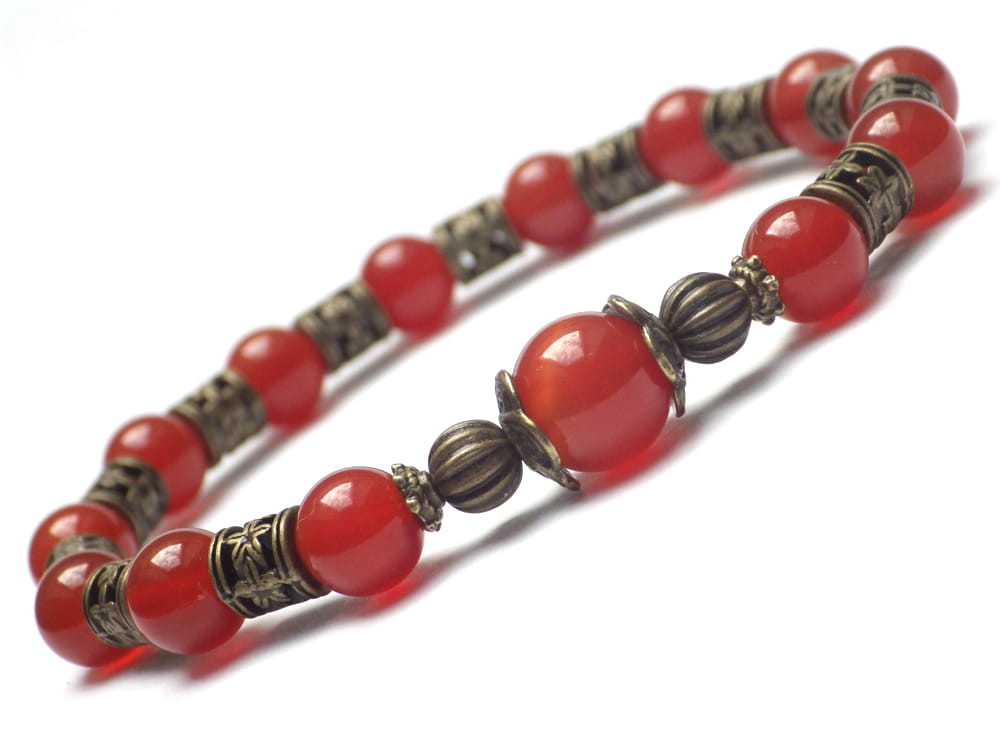
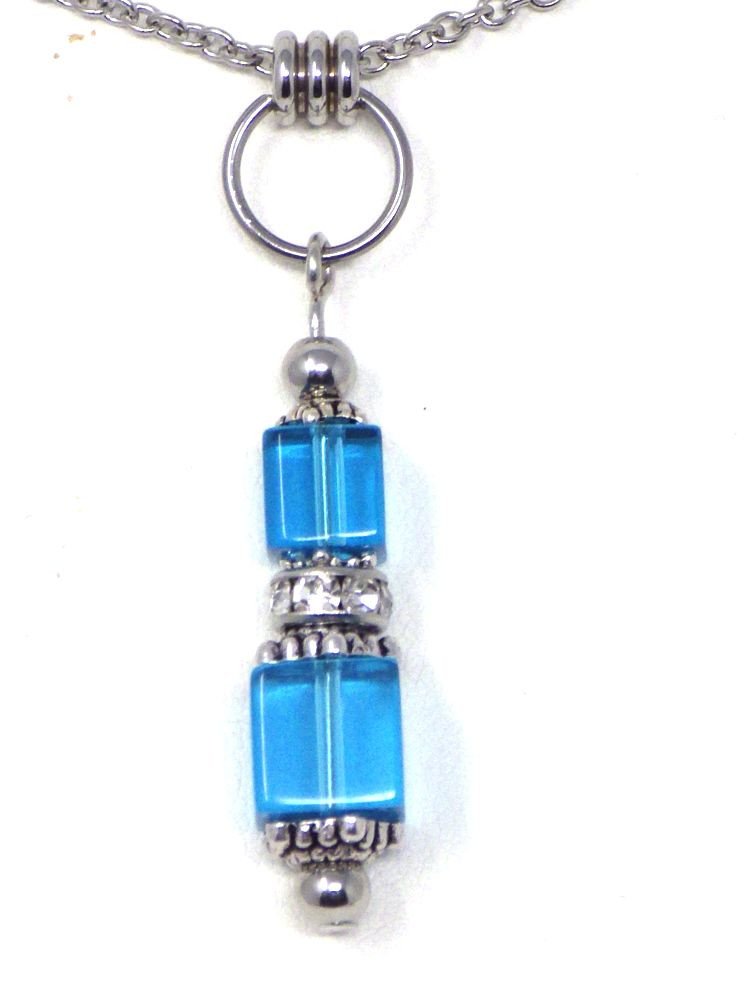
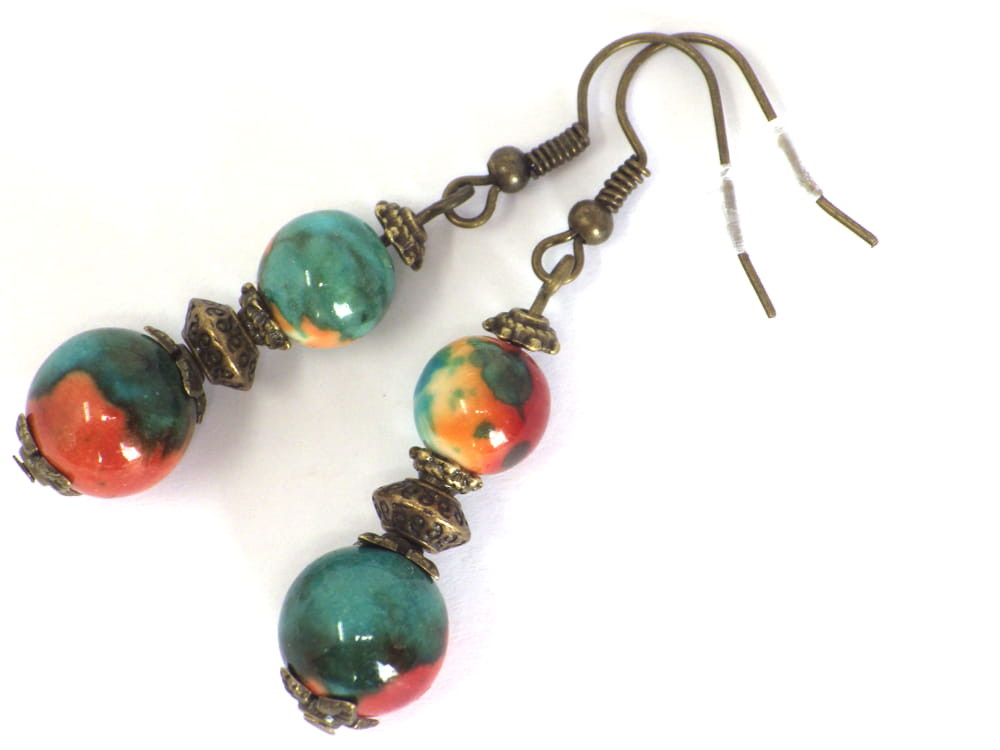

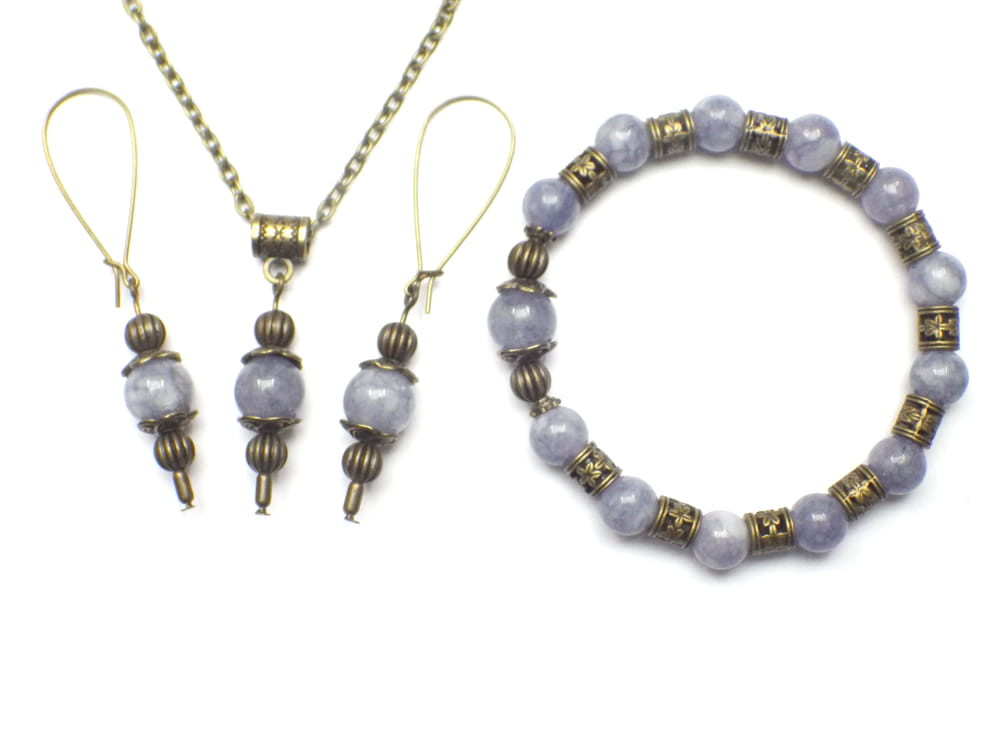
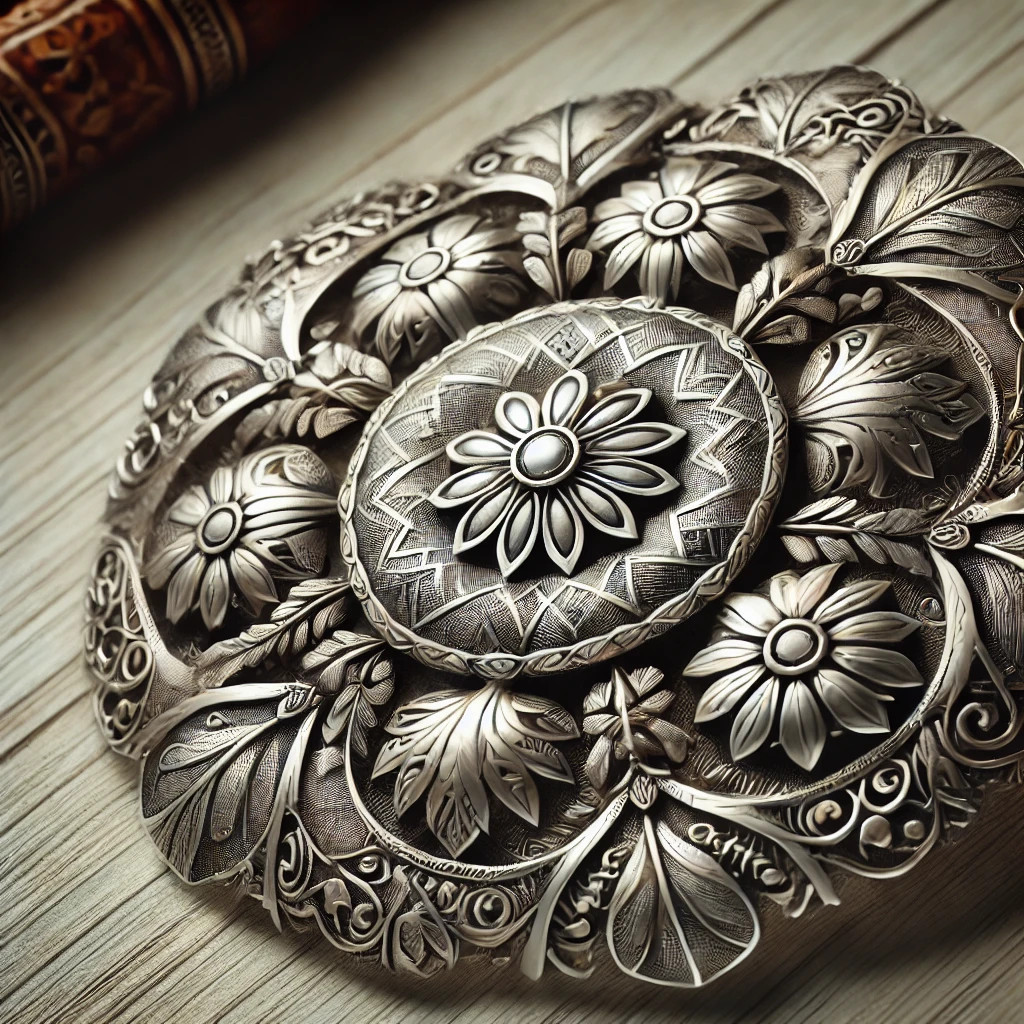
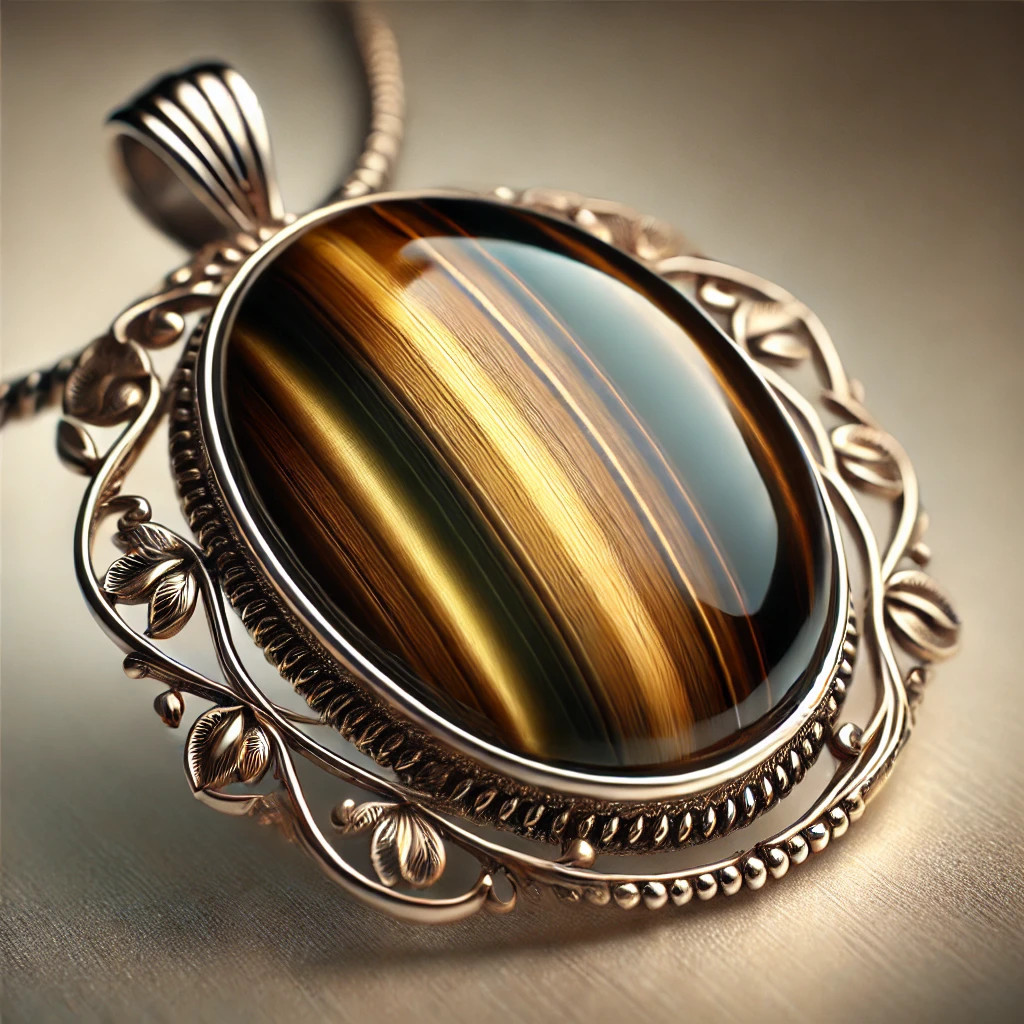
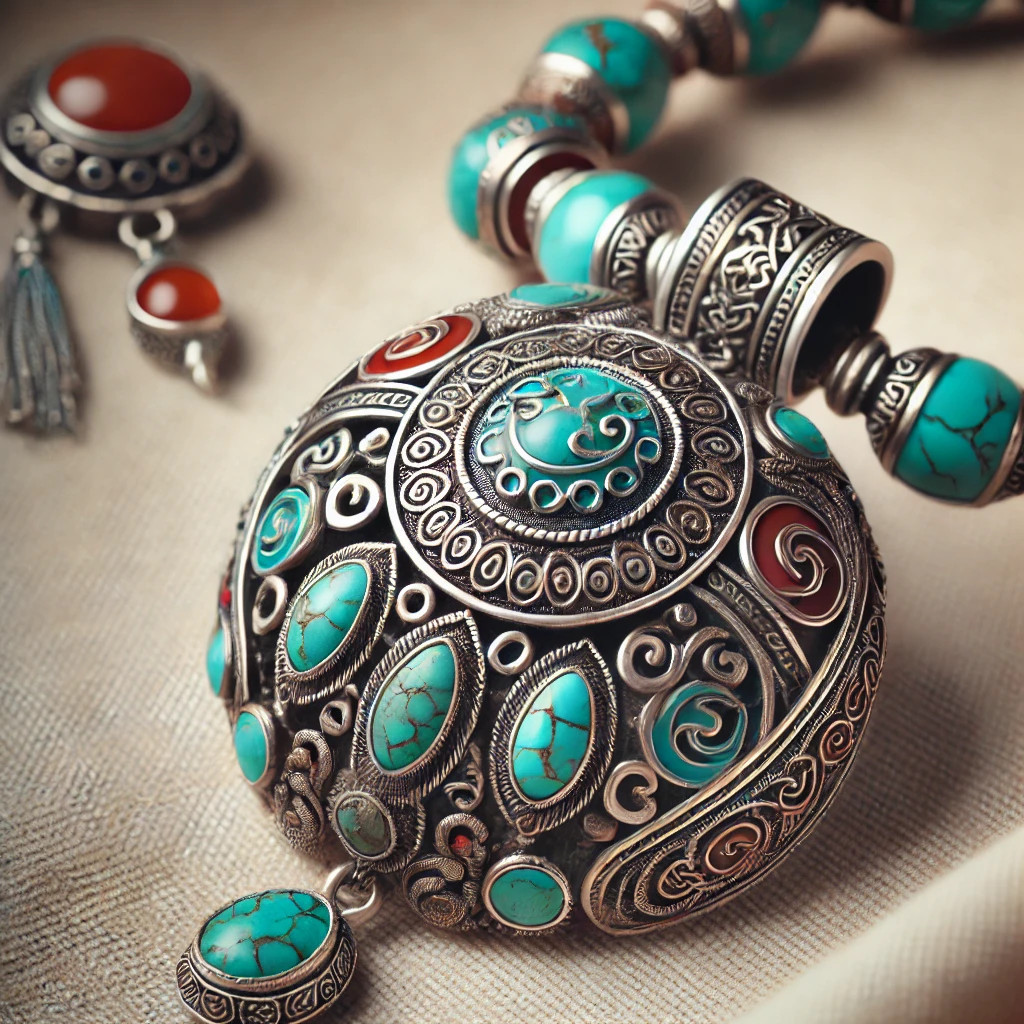
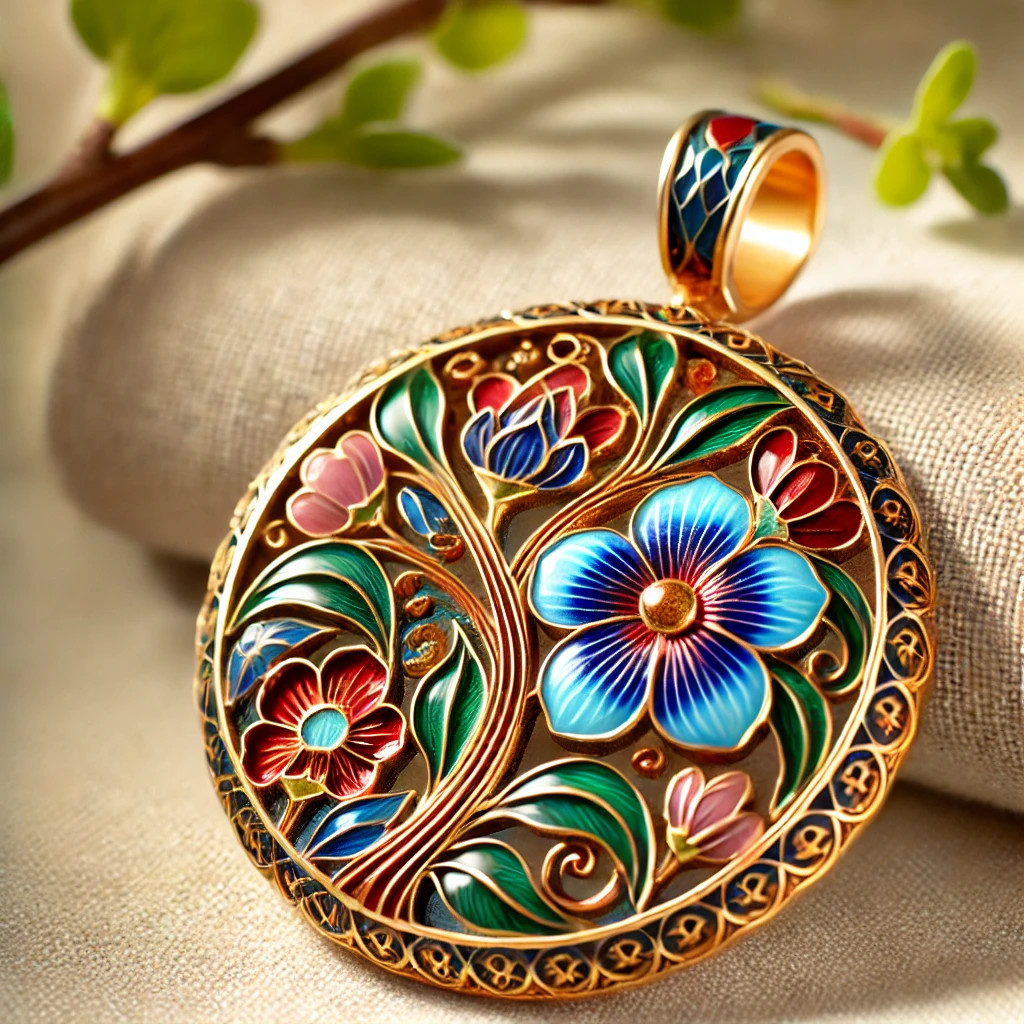

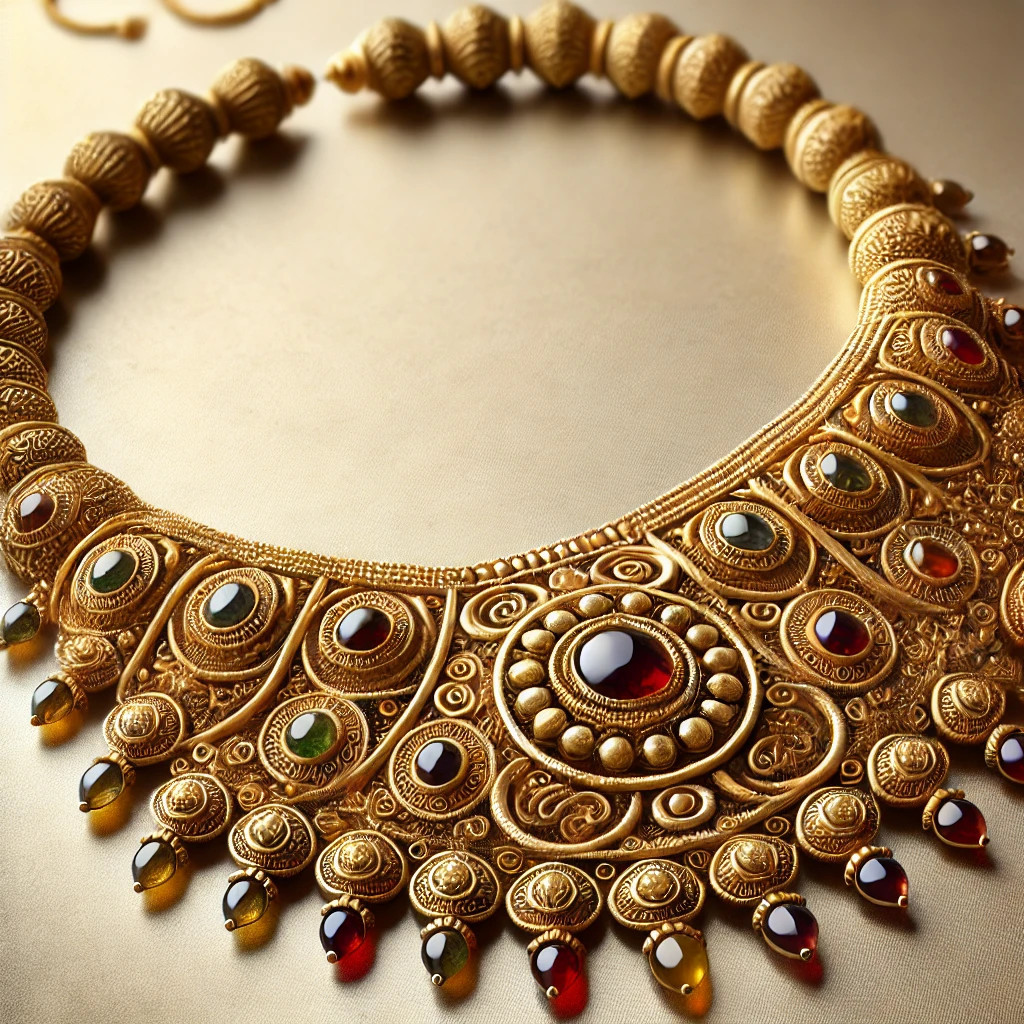
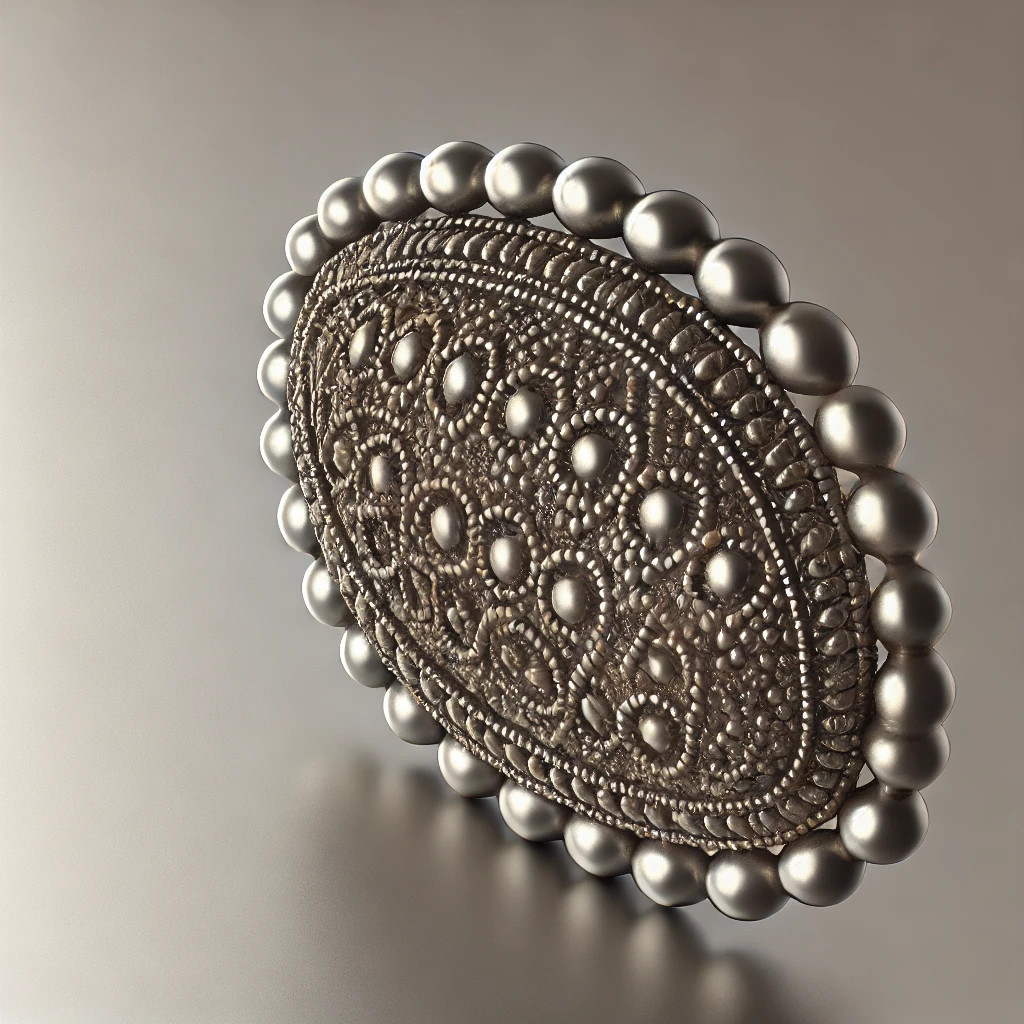

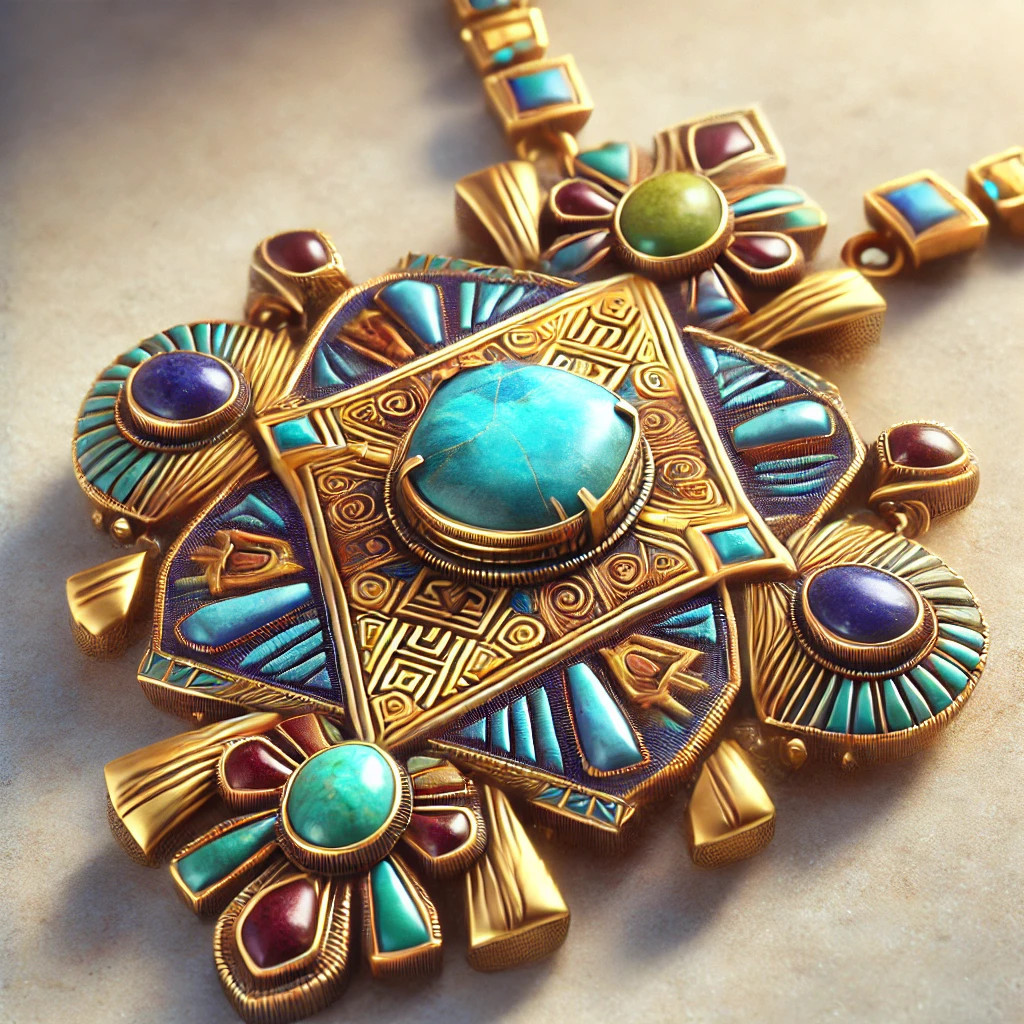

Leave a comment